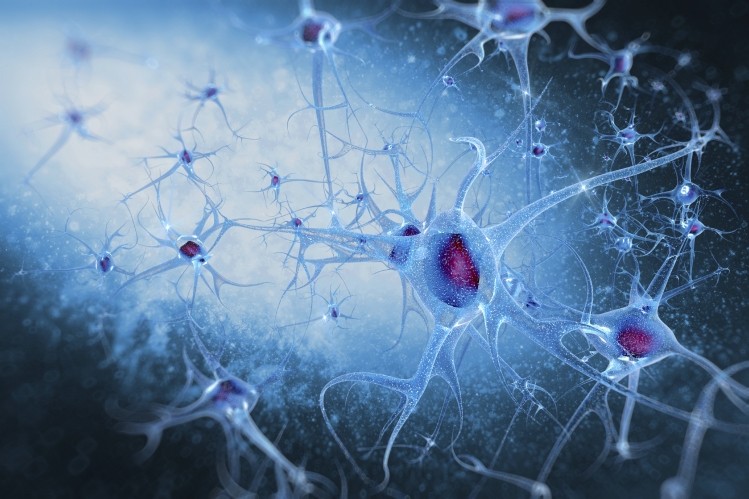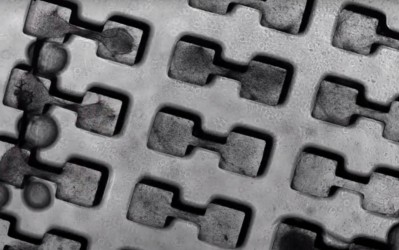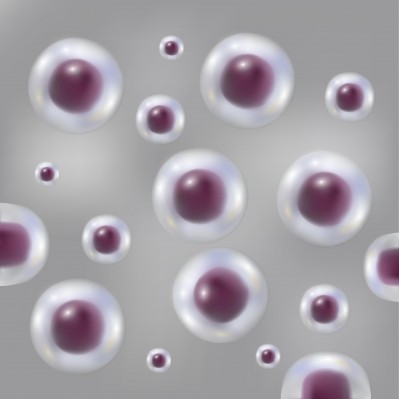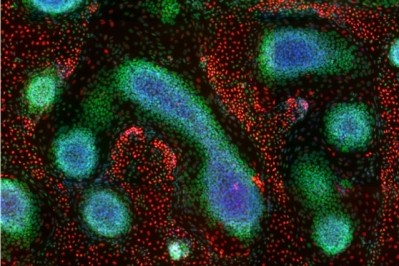'Mini-brains' to improve drug testing

“We are not 150 pound rats,” Thomas Hartung, MD PhD, Johns Hopkins University, and the study’s leader, told us. “More than 90% of drugs fail in humans after passing all animal tests.”
It’s also impossible to test all 100,000 substances in commerce, which is why the NIH sponsored the research as part of its human-on-chip program with the vision of creating multi-organ systems for drug screening.
“Ten years ago, the technology to produce stem cells from human skin was invented” Thomas Hartung, MD PhD, Johns Hopkins University, and the study’s leader, told us. “Now the production of human tissues is flourishing.”
To create the “mini-brains” the big challenge was to find the right conditions in which the “brains” were identical any time they were produced.
“The brain is highly complex – we have to stop brain development at a point where our cell balls are all still all the same but already have all relevant cell types in mature form,” explained Hartung.
Growing a mini-brain
The “mini-brains” are 350 micrometers in diameter (about the size of a housefly’s eye) and hundreds to thousands of exact copies can be produced in each batch – and one hundred can grow in the same Petri dish.
The brains were created using induced pluripotent stem cells (iPSCs) that were stimulated to grow into brain cells. For the research, skin cells from healthy adults were used, but according to Hartung, cells from people with certain diseases can be used to create brains to study various types of pharmaceuticals.
“If done from patients with a specific disease, we can study how the person’s genes interact with chemicals and drugs,” added Hartung, which is impossible in animals.
“Brain diseases like Parkinson, Alzheimer, Multiple Sclerosis, Amyotrophic Lateral Sclerosis, and stroke desperately need new treatments,” he explained. “Failure rates in humans have been especially high here.”
The researchers also hope to understand what is affecting the developing brain of children, leading to the current rise in autism.
“An easily available, highly standardized human brain model promises to test on the real thing,” said Hartung.
The researchers are currently creating a spin-off company, so that the mini-brains can be ordered and sent on demand by parcel service.
“The company will be called ORGANOME, not Mini-Brain Inc., because we want to help also other researchers to get their organ models to use,” explained Hartung.
Hartung is currently applying for a patent for the mini-brains and hopes to being production later this year, making the “mini brains” available for researchers and companies.
“Nobody should still use an animal, just because it is too difficult to grow a human mini-brain in your own laboratory.”











